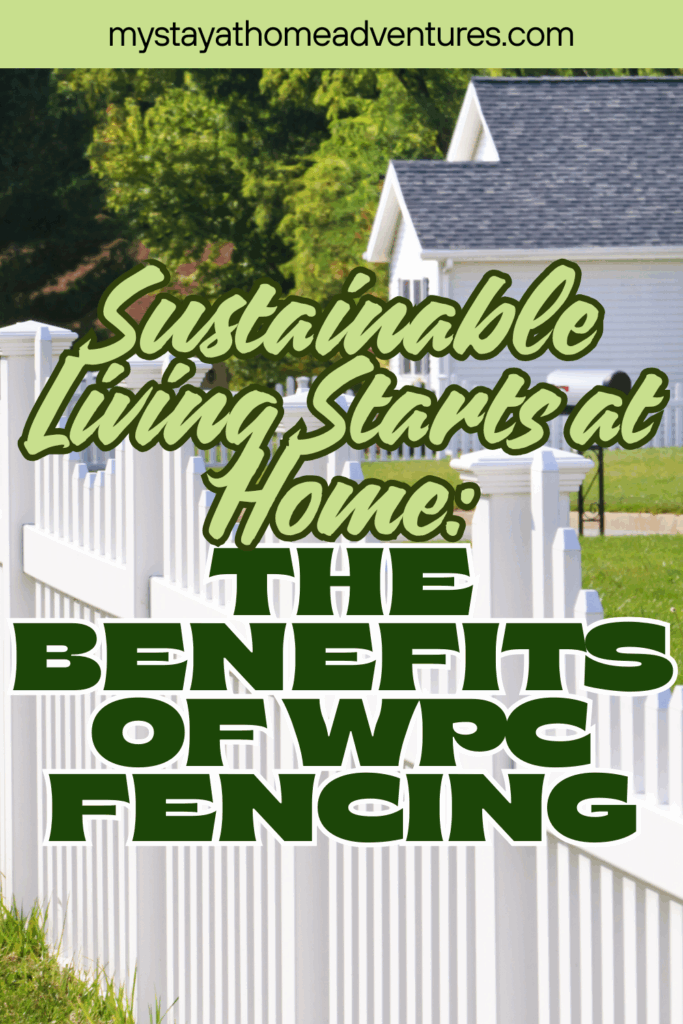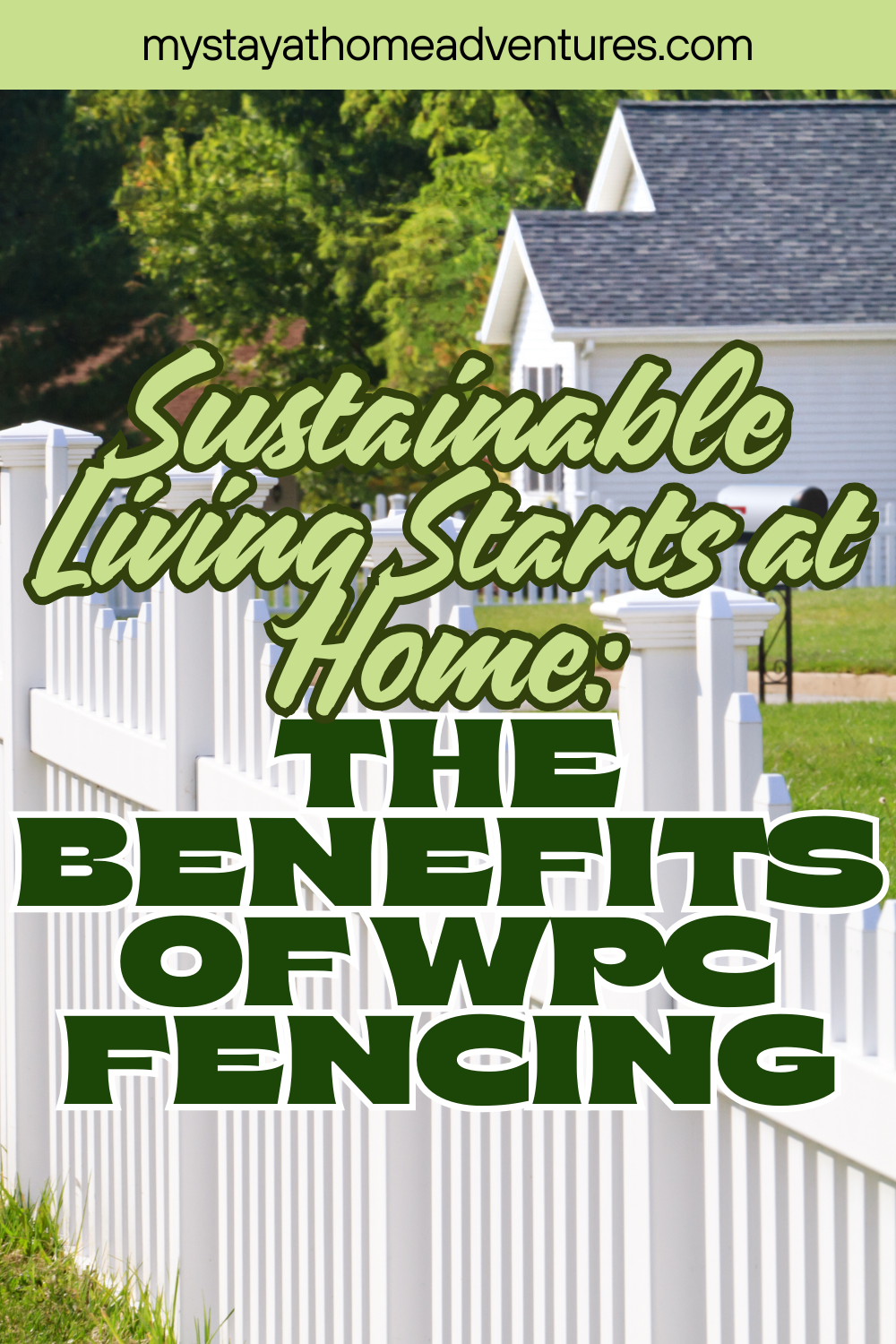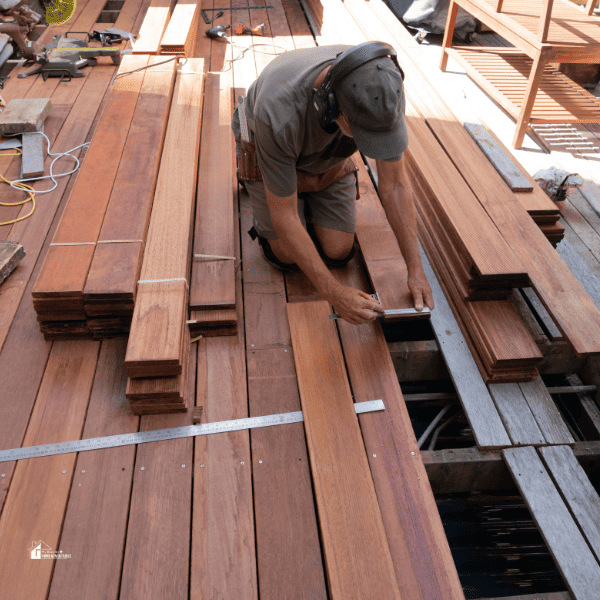Sustainable Living Starts at Home: The Benefits of WPC Fencing
This post may contain affiliate links which might earn us money. Please read my Disclosure and Privacy policies hereHave you ever stood in your backyard and wondered whether your fence is really as sustainable as it could be? Traditional wood fences, while charming, contribute to deforestation and demand constant upkeep.
Vinyl or pure plastic fences, on the other hand, last longer but create their own set of problems: they rely on non-renewable resources and add to the global waste crisis.
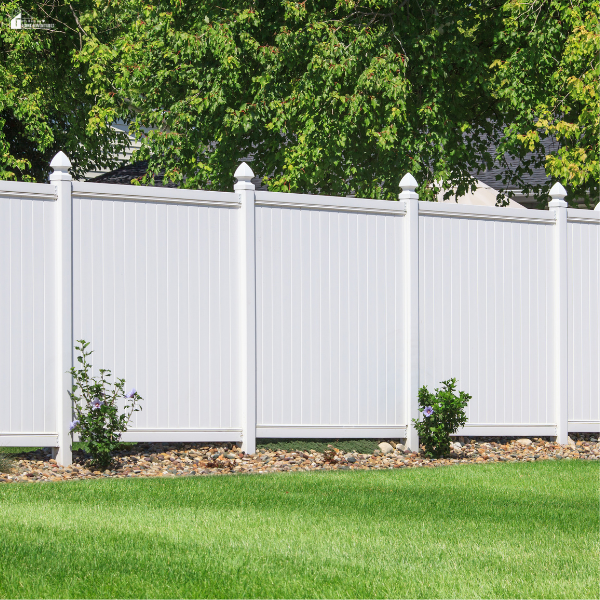
The good news is, there’s a better solution. Enter the WPC fence, short for Wood-Plastic Composite fencing. This innovative material blends recycled wood fibers with recycled plastics to create a product that is both eco-friendly and remarkably durable.
I first came across WPC while looking for a fence option that balanced sustainability with low maintenance, and it quickly became clear why it’s gaining global attention.
What is WPC Fencing?
A WPC fence is built using a carefully engineered combination of two core ingredients:
- Recycled wood fibers – typically sawdust, wood shavings, or other byproducts of lumber production.
- Recycled plastics – often sourced from post-consumer waste like bottles or packaging.
To this, small amounts of bonding agents and UV stabilizers are added to ensure the material holds together and withstands outdoor conditions.
The result is a fencing material that takes the best features of wood and plastic: the natural look and feel of timber, plus the resilience and longevity of plastic. Unlike vinyl fencing, WPC doesn’t appear artificial or shiny. Unlike wood, it doesn’t splinter, warp, or attract termites.
What stood out to me most was the environmental aspect: every panel diverts waste materials away from landfills, giving them a second life in your yard. For homeowners who want modern design, minimal upkeep, and a clear conscience, WPC fencing ticks every box.
Environmental Benefits of WPC Fencing
When it comes to making eco-friendly home choices, it’s often a question of balance: Does this product reduce waste? Does it cut emissions? Will it last? WPC fencing excels in all three areas.
- Reduces deforestation: By using recycled wood fibers, WPC reduces the need to cut down trees solely for fencing. Considering that the Food and Agriculture Organization (FAO) reports the world loses around 10 million hectares of forest each year, this matters.
- Reuses plastic waste: Every year, the world produces over 400 million tons of plastic, much of which ends up polluting oceans. WPC fencing transforms part of this waste into something useful and long-lasting.
- Lower carbon footprint: Manufacturing processes for WPC fencing are often less energy-intensive compared to producing virgin plastic or processing raw timber.
- Extended lifespan: A traditional wood fence might need replacing in 8–10 years, but a WPC fence can last 20–25 years or longer. That means fewer materials consumed over time.
When I installed my first composite product at home, it was reassuring to know I wasn’t just reducing upkeep headaches—I was also making a small but meaningful choice for the planet.
Durability and Low Maintenance
Let’s be honest—maintenance is one of the biggest pain points of traditional fencing. Wood demands sealing, staining, or painting every couple of years, and even then, it’s vulnerable to rot, termites, and moisture damage.
A wpc fence, by contrast, is designed for resilience.
- Moisture-resistant: Unlike wood, WPC doesn’t absorb water, making it ideal for humid or rainy climates.
- Pest-proof: Termites and other wood-boring insects can’t damage it.
- UV-stable: With the right additives, WPC resists fading from sun exposure.
- Easy cleaning: Most dirt and grime can be washed away with just soap, water, and a brush.
I’ve seen wood fences buckle and lean after just a few years of heavy rain. With WPC, you can expect decades of reliable performance. The best part? No weekends lost to sanding or repainting. Instead, that time can go back to enjoying your outdoor space.
Aesthetic and Functional Advantages
Eco-friendly doesn’t mean unattractive. One of the pleasant surprises about WPC fencing is how versatile it is in terms of style and functionality.
- Wide color palette: From warm, earthy browns to modern grays, WPC panels can suit almost any architectural style.
- Natural appearance: Many designs mimic the texture and grain of real wood so closely that visitors often can’t tell the difference.
- Privacy and insulation: Solid-panel designs offer better sound reduction and privacy compared to chain-link or slatted wood fences.
- Customizable layouts: Modular systems allow homeowners to adjust height, add decorative elements, or mix colors.
When I upgraded my outdoor space, I wanted something that complemented the greenery in my yard without looking too synthetic. WPC fencing offered exactly that—a balance of modern function with a natural aesthetic.
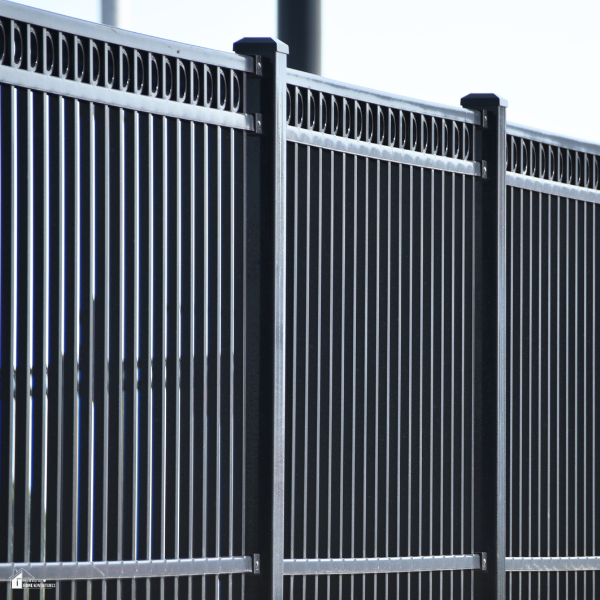
Cost-Effectiveness Over Time
A big question people ask is: “Isn’t a WPC fence expensive?” It’s true that upfront costs are higher compared to basic wood fencing. But when you run the numbers, the long-term value becomes clear.
| Feature | Wood Fence | WPC Fence |
| Initial Cost | Lower | Moderate |
| Maintenance Costs | High | Minimal |
| Lifespan (Years) | 7–10 | 20–25+ |
| Total Cost Over 20 Years | $$$ | $$ |
With wood, you’re paying for treatments, repairs, and eventual replacement. Over two decades, those costs can exceed the higher upfront price of WPC. In contrast, WPC requires almost no maintenance—no paint, no sealant, no pest control.
From my perspective, it’s not just about money saved. It’s about peace of mind. Knowing I won’t have to budget for constant upkeep makes WPC a smart investment in the long run.
Installation and Practicality
Another advantage of WPC fencing is its straightforward installation. Many systems are designed with interlocking panels or modular posts, which reduces the time and skill required to set them up.
- DIY-friendly: Homeowners with basic tools can often handle small installations themselves.
- Flexible applications: Works for backyards, gardens, commercial properties, or even as decorative partitions.
- Adaptable to climate: Whether in humid tropical regions or dry, hot environments, WPC maintains its integrity.
Oakio WPC fence has gone a step further by designing eco-conscious WPC fencing systems that emphasize ease of installation without compromising on style. Their approach highlights how sustainable design can also be practical for everyday homeowners.
Made from a durable mix of recycled wood fibers and high-quality plastic resins, Oakio’s fencing resists warping, fading, and cracking, particularly during hot summer months. The surface is easy to clean and moisture-resistant, ensuring long-term beauty and functionality with minimal maintenance.
The modular fencing system offers flexibility to adapt to various layouts and project sizes, making it suitable for gardens, patios, and residential spaces.
Sustainable Choice for the Future
WPC fencing doesn’t just solve today’s problems—it prepares us for tomorrow’s. Reusing resources and reducing demand for virgin timber supports the circular economy. Many WPC products also meet or exceed green building standards, making them suitable for eco-certified construction projects.
For homeowners, this means making a purchase that aligns with broader global efforts to reduce environmental impact. It’s a simple but powerful way to live more sustainably—starting right at your property line.
Conclusion
Choosing a WPC fence is more than an aesthetic upgrade. It’s a conscious step toward sustainability, durability, and cost-efficiency. With its mix of recycled content, resilience against the elements, and versatile design options, WPC fencing is a smart solution for modern homes.
What I’ve learned is that eco-friendly doesn’t have to mean compromise. With WPC, you can enjoy the look of wood, the strength of composite technology, and the satisfaction of making a greener choice.
If you’re considering a fence replacement or a new outdoor project, I encourage you to explore sustainable options like WPC fencing. It’s not just an investment in your property—it’s an investment in the future.
